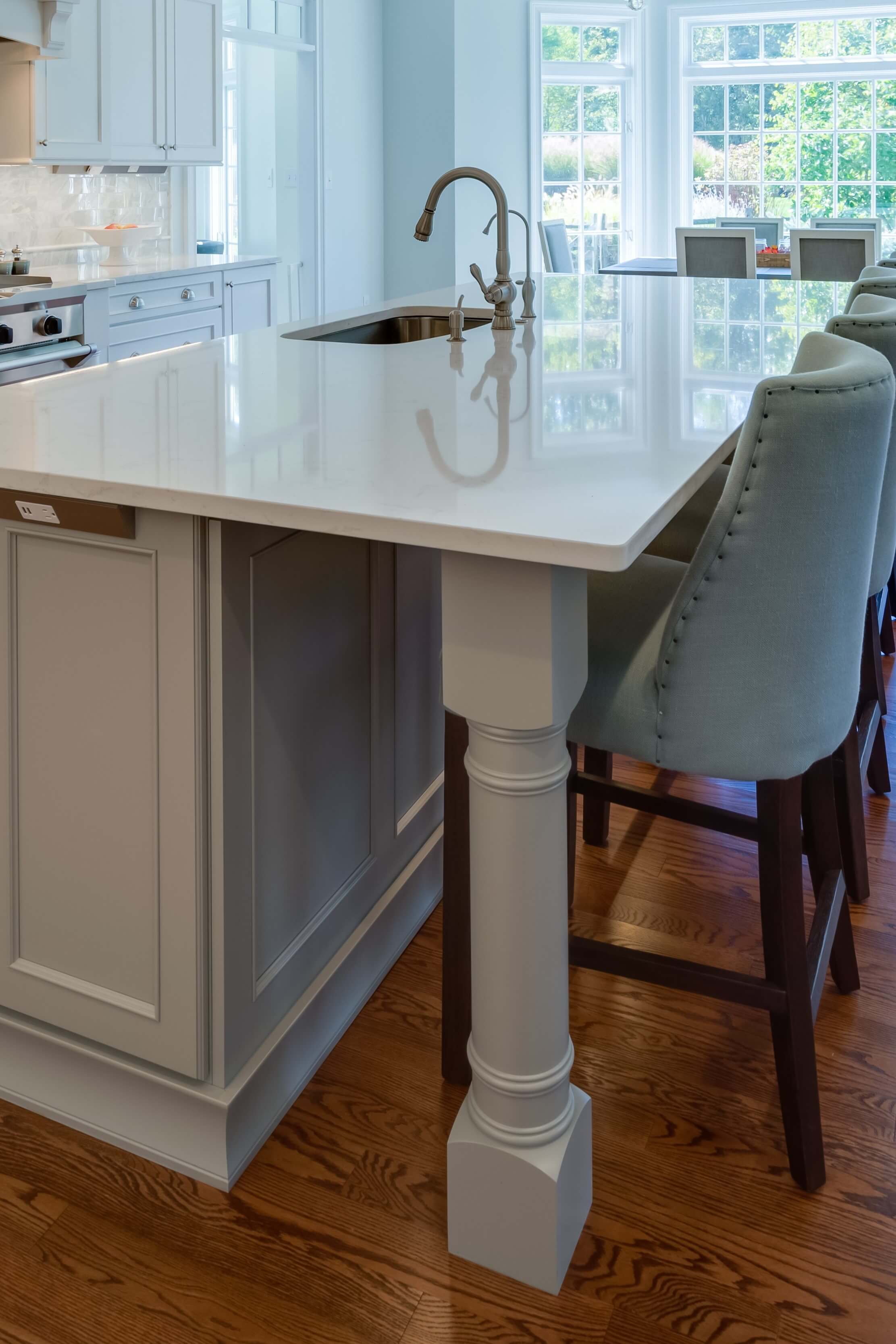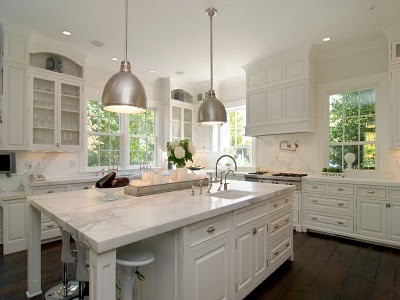Change Your Kitchen's Look with Distinct Legs For Kitchen Island Devices
Change Your Kitchen's Look with Distinct Legs For Kitchen Island Devices
Blog Article
A Guide to Selecting the Perfect Legs For Cooking Area Island for Your Home
Selecting the optimal legs for your cooking area island is a nuanced choice that impacts both the performance and aesthetic charm of this main room. Variables such as elevation, materials, and style play an important duty in harmonizing your island with the overall kitchen area style. In addition, recognizing the importance of stability and maintenance can considerably influence your option. As you think about these components, it comes to be noticeable that the ideal legs can transform not just the appearance of your kitchen but also its usability for many years to find. What certain functions should you focus on in this selection process?

Understanding Kitchen Island Legs
When picking legs for a kitchen island, it's vital to comprehend their useful and aesthetic functions in the total design. The legs work as a crucial support group, making certain stability and longevity for the island, which frequently works as a workspace, eating area, or collecting spot. Consequently, the selection of product and building and construction technique should be durable adequate to withstand everyday use and prospective wear.
In addition to their structural obligations, legs contribute dramatically to the island's aesthetic allure. They can enhance the cooking area's design, whether via traditional, contemporary, or diverse designs. The elevation and percentage of the legs are additionally critical considerations; they must harmonize with the island's countertop elevation while making certain comfy seating for those making use of the room.
In addition, the leg layout can affect the total circulation of the kitchen area. Open, airy leg styles can create a feeling of agility, while solid, considerable legs may convey an extra based and steady aesthetic - Legs For Kitchen Island. Recognizing these aesthetic and useful aspects will assist homeowners in making educated selections that match their kitchen area's design and enhance its use
Popular Styles and Products
The choice of legs for a kitchen island encompasses a selection of prominent styles and materials, each offering distinct characteristics that can boost both performance and looks. Among one of the most in-demand styles are modern, rustic, and conventional. Contemporary legs often include sleek, minimal designs that stress simplicity and tidy lines, making them optimal for modern cooking areas. Rustic styles, on the various other hand, welcome natural environments and usually showcase redeemed wood or troubled coatings, adding heat and charm to the area. Typical legs normally exhibit elaborate information and craftsmanship, improving timeless kitchen styles.

Elevation and Stability Considerations
:max_bytes(150000):strip_icc()/pink-marble-tile_House-of-Harvee-9f030193ae38484a9cb7ea2d71af66f4.jpg)
The legs of the cooking area island should supply appropriate support, making certain that the framework can withstand daily usage without moving or wobbling. Material option plays a substantial role in security; steel legs, for instance, have a tendency to provide better visit the website stamina compared to timber.
Matching Your Kitchen Area Aesthetic
Picking the best legs for your kitchen area island goes beyond capability; it also plays a significant role in the total aesthetic of the room (Legs For Kitchen Island). When picking sites legs, take into consideration the layout style of your cooking area.
Color is another essential element. Legs that enhance or contrast with your island's surface area and surrounding kitchen cabinetry can develop aesthetic harmony or striking centerpieces. For example, combining dark timber legs with a light marble kitchen counter can include depth and passion. In addition, consider the finish of the legs; matte, shiny, or textured surfaces can substantially influence the general feel of the cooking area.
Installment and Maintenance Tips
Installing kitchen area island legs calls for careful focus to information to make sure both security and aesthetic charm. Make use of a stud finder to locate wall surface studs if you are affixing the legs to a wall or utilizing braces for added support.
When safeguarding the legs, use top notch screws and, if required, timber adhesive for look at these guys additional strength. For metal legs, make certain that you are using proper supports and devices to avoid damages to your floor covering. It is advisable to look for levelness after setup, making changes as required to avoid wobbling.
Maintenance is similarly crucial for long life - Legs For Kitchen Island. Routinely inspect the legs for any type of indicators of wear or loosening, specifically in high-traffic areas. Clean the legs with a suitable cleaner, preventing rough products that might damage the surface area. For wooden legs, take into consideration applying a timber conditioner regularly to maintain their finish. By adhering to these setup and maintenance ideas, you can make sure that your kitchen area island legs continue to be both visually appealing and functional.
Conclusion
In final thought, selecting the ideal legs for a kitchen area island requires mindful consideration of height, security, and visual compatibility. Eventually, thoughtful leg choice plays an important duty in raising both the usefulness and design of the kitchen area area.
When choosing legs for a cooking area island, it's vital to comprehend their aesthetic and practical duties in the overall style. Open, ventilated leg designs can develop a sense of lightness, while solid, significant legs may convey an extra based and stable visual. The legs of the cooking area island ought to give sufficient support, ensuring that the framework can withstand daily usage without changing or tottering.Installing kitchen island legs requires mindful interest to information to guarantee both stability and aesthetic charm.In conclusion, selecting the ideal legs for a kitchen island demands mindful consideration of height, stability, and visual compatibility.
Report this page